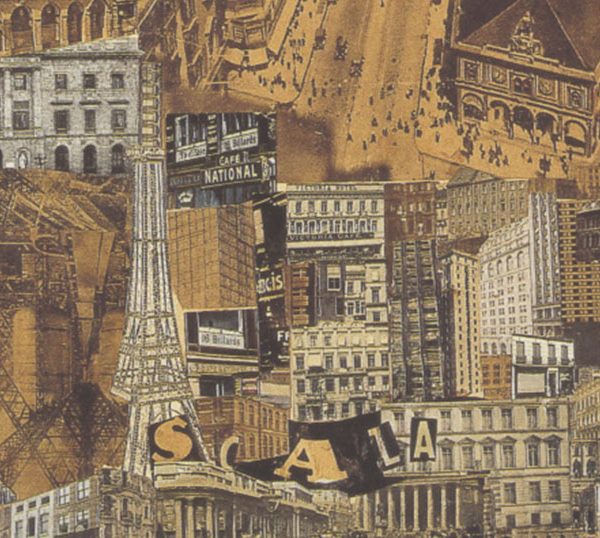Uncovering Black Gotham at the Schomburg
When Carla L. Peterson proposed a trip to the archives of the Schomburg Center for Research in Black Culture in the hope of finding a record of her ancestors, her historian friends were skeptical. In fact, it was only by a lucky chance that Peterson discovered a scrapbook page onto which someone had pasted the obituary of a man named P.A. White—her great-grandfather. Although the page ultimately led Peterson to the story presented in Black Gotham: A Family History of African Americans in Nineteenth-Century New York City, it was not an easy journey.
 Most historical accounts of African Americans in the 19th century focus on slavery rather than the free elite of New York City of which Peterson’s ancestors were a part. Elite as they may have been, preserving the past in monuments, archives, or museums requires funds that were not available to her drugstore-owner great-grandfather and his circles, and without widespread literacy, many stories were eventually distorted or simply forgotten. As it happened, the one family story that Peterson took as her starting point ultimately turned out to be false. Moreover, some issues of black newspapers like the one in which Peterson’s great-grandfather’s obituary appeared have been lost without a trace, and the key places in Black Gotham’s story have been displaced by new buildings: the site of White’s drugstore is now a Pace University building, and his last Manhattan home has become a police station.
Most historical accounts of African Americans in the 19th century focus on slavery rather than the free elite of New York City of which Peterson’s ancestors were a part. Elite as they may have been, preserving the past in monuments, archives, or museums requires funds that were not available to her drugstore-owner great-grandfather and his circles, and without widespread literacy, many stories were eventually distorted or simply forgotten. As it happened, the one family story that Peterson took as her starting point ultimately turned out to be false. Moreover, some issues of black newspapers like the one in which Peterson’s great-grandfather’s obituary appeared have been lost without a trace, and the key places in Black Gotham’s story have been displaced by new buildings: the site of White’s drugstore is now a Pace University building, and his last Manhattan home has become a police station.
It was only through many weeks of research, which she describes in the manner resembling a detective story, that Peterson slowly pieced together a history of the African American men and women who had walked the streets of New York before her. In Black Gotham, Peterson tells these stories of education, business, and political activism, drawing upon newspaper clippings, letters, public records, and the like. As she puts it in the book, “forgetting is not the same as erasing. The past has survived, if only in the form of scraps.” Peterson takes it upon herself as a historian to connect and explain those scraps, weaving a compelling narrative of a family and a community that might otherwise have been lost to us.
Curious to learn more about what Peterson uncovered? Read the questions and answers about black life in 19th century New York City on the New York Times’s CityRoom blog.



